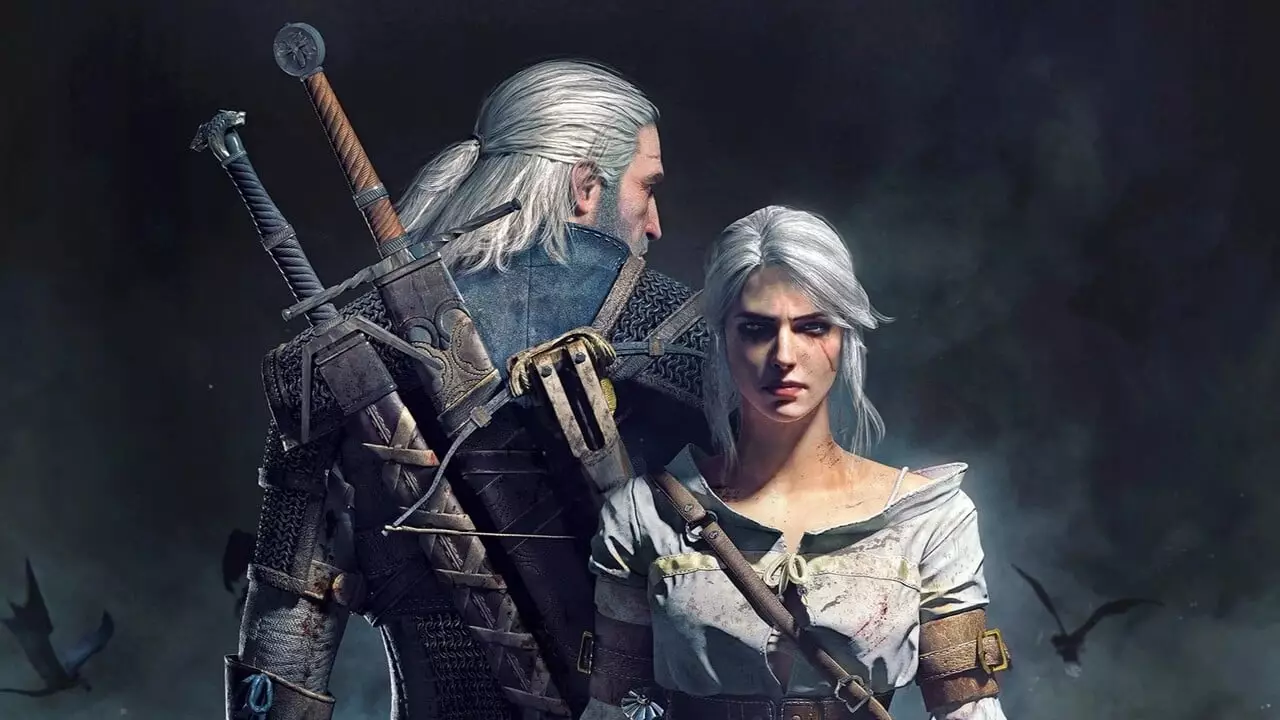Sidequests in video games have long been a charming avenue for exploration, allowing players to delve deeper into the fabric of game worlds. Whether it’s through epic narratives in sprawling open-world games or the nostalgia of turn-based RPGs, these optional missions bring an added layer of experience to the overarching storyline. As the Nintendo Switch era nears its end, it’s poignant to reflect on the myriad of sidequests that have enriched our gaming adventures. This article aims to celebrate the allure of sidequests and their impact on gameplay.
At their core, sidequests serve as delightful detours from the primary narrative arc. They often entail secondary objectives, providing players with a sense of accomplishment and further immersing them in the game’s universe. Completing these side activities can yield various rewards, from new weapons and armor to crucial lore that expands our understanding of the game’s characters and settings. Sidequests are not merely filler; they add depth and emotional resonance to the gaming experience, making the act of playing that much more fulfilling.
The emotional complexity found in many sidequests elevates them beyond trivial tasks. Take, for instance, Geralt’s journey in “The Witcher 3.” The sidequest “The Bloody Baron” symbolizes the high-water mark for what a side story can achieve. It weaves together the threads of forgiveness, tragedy, and personal growth, all while interlinking with the main storyline through the hunt for Ciri. In contrast to many other games, where sidequests often feel like afterthoughts, “The Bloody Baron” exemplifies a meticulously crafted narrative that enhances the game’s depth.
When examining the range of sidequests available on the Nintendo Switch, titles like “Xenoblade Chronicles 3” stand out as exceptional examples. The significance of sidequests in this game is profound, deepening our connection with characters through Hero Quests and personal narratives that complement the main plot. Characters such as Eunie and Taion are not just fighters in the struggle against adversities; their individual quests engage players on a personal level, adding layers to their personalities while offering insights into the game’s larger-than-life world.
Moreover, emotional narratives such as “An Off-Seer’s Anguis” resonate strongly with players, drawing tears and laughter alike. These quests go far beyond simple fetch or kill missions, weaving intricate emotional tapestries that enrich both the gameplay and the player’s experience. It’s this kind of emotional storytelling that makes sidequests essential components of any game that aspires to be memorable.
It is crucial to recognize that sidequests are not merely distractions from the main story; they serve as enhancements, providing a fuller picture of the game world. Many players regard completing these quests as integral to the experience, often citing them as standout moments within their playthroughs. Furthermore, significant titles such as “Breath of the Wild” and its sequel, “Tears of the Kingdom,” come packed with sidequests that can drastically shift the experience, allowing players to explore various layers of the narrative while also revealing beautiful landscapes and hidden stories.
Critically, while players are often inundated with countless sidequests, it is vital that these tasks maintain a level of quality. Quantity should never overshadow quality—having hundreds of sidequests can become overwhelming and may lead to player burnout. Instead, the focus should be on crafting unique stories that snag the player’s attention and invite them to invest emotionally.
As the gaming medium continues to evolve, the future of sidequests remains promising. Developers are finding innovative ways to create immersive experiences that require players to explore and engage with the world around them. With advances in storytelling techniques and the development of richer, more intricate game worlds, the sidequest is set to transform further, providing even greater emotional engagement and memorable experiences.
Sidequests are not simply supplementary content; they are fundamental to the art of storytelling within video games. As we reflect on our favorite experiences, the sidequests that made us laugh, cry, or think will undoubtedly linger long after the main story has concluded. Whether through emotional depth or tantalizing gameplay, they leave an indelible mark on our gaming memories, enriching our experiences on the Nintendo Switch and beyond.

